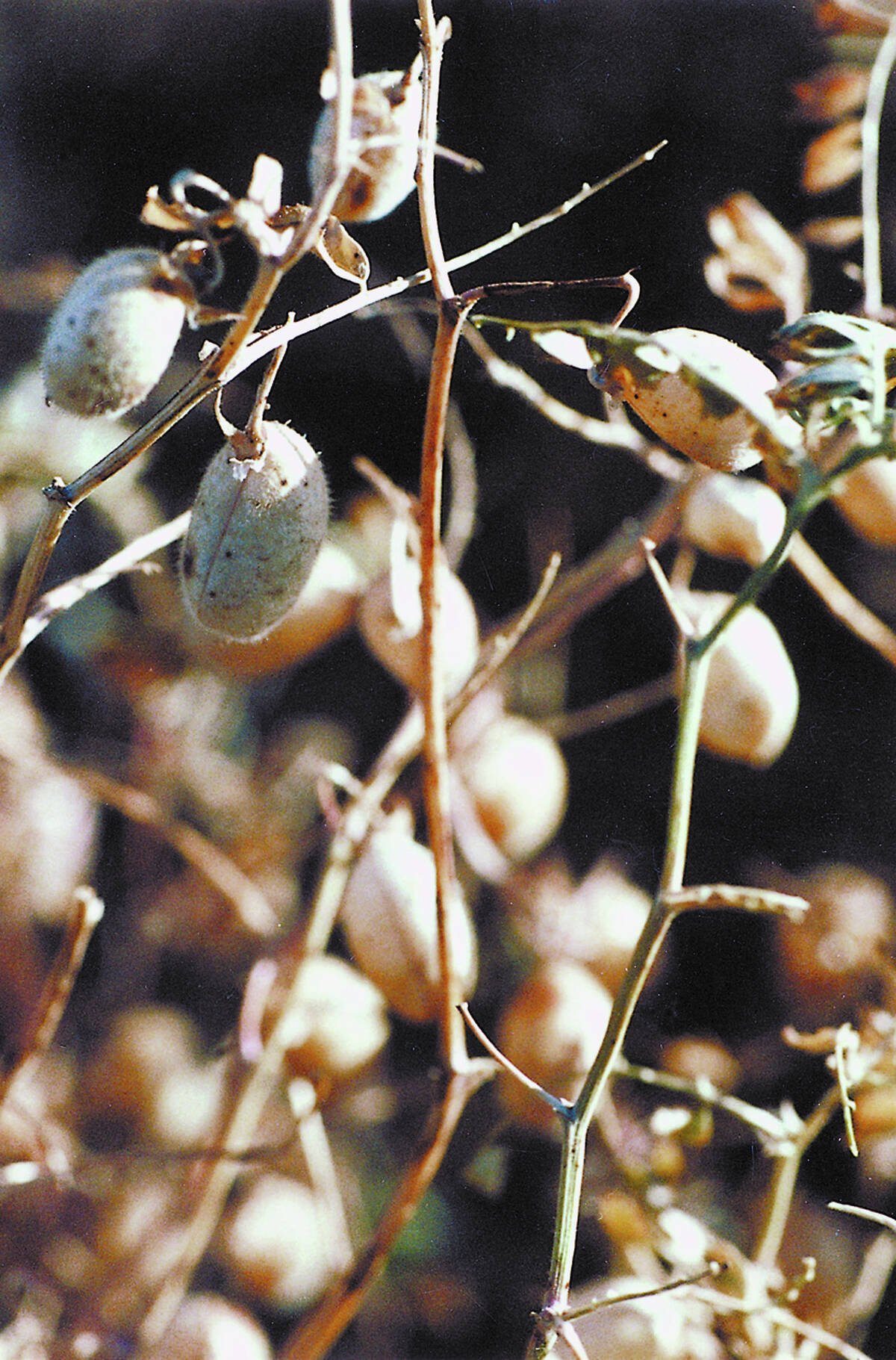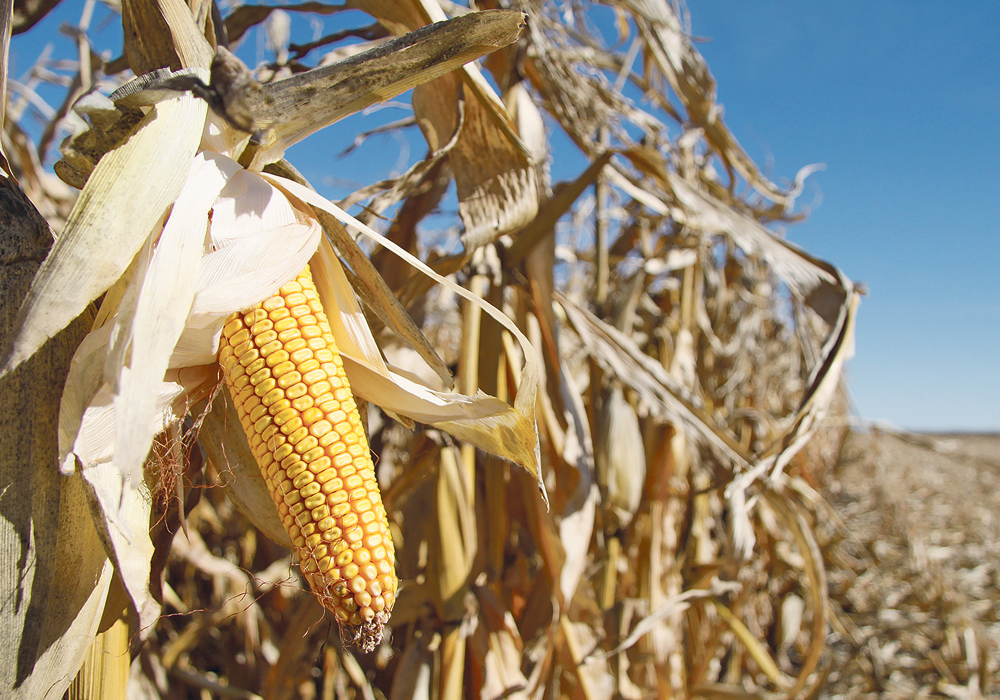The world is desperate for good news on the inflation front, but it got no solace in last week’s U.S. global crop supply and demand report.
Already exceptionally strong wheat and corn prices leapt higher as the U.S. Department of Agriculture cut its forecast for the U.S. hard red wheat crop and lowered its U.S. average corn yield outlook.
This adds incrementally to food price inflation, a component of the global inflation that central banks are trying to control through higher interest rates.
Read Also

Low-quality chickpeas in abundance this year
There are plenty of low quality chickpeas to move this year but the pet food market is already oversupplied with product.
Higher rates are designed to cool the overheated demand for goods and services.
That heated demand comes, in part, from a good place. In Canada and the U.S. unemployment is about as low as it ever has been. The economies of both countries are growing.
But supplying that heated demand is difficult because there are shortages of energy, housing and raw materials. The shortages are made worse by supply chain disruptions caused by COVID-19.
On April 13, the Bank of Canada raised its key rate by a half percentage point. The U.S. Federal Reserve made its half percentage point rise on May 4. They will likely rise the same amount in June and further increases are expected later in the year.
Higher rates can discourage demand for things like housing and cause real estate values to moderate.
But interest rates have little effect on food inflation.
Central banks can’t control the droughts, floods and international conflicts that reduce supply of essential crops.
Sticker shock at the grocery store is only one thing that seem to the average consumer to be out of control.
They are paying more for food, fuel, housing, clothing, entertainment and more. On top of it, they will pay more in interest.
This raises worries consumers around the world will hunker down and focus only on essentials, cut so much on all else that we’ll wind up in a recession.
These are the worries — coupled with uncertainties linked to Russia’s war on Ukraine and the economic shutdowns in China as its government fights COVID — that have investors lowering risk by reducing equity investments, leading to the drops in the major stock market indexes we’ve seen in recent weeks.
This “risk off” attitude also has money flowing into the U.S. dollar, considered a safe haven.
The U.S. dollar is at a 19-year high relative to a basket of competing currencies.
The Canadian dollar has fared relatively well, falling only 1.6 percent against the U.S. buck from the start of the year to May 13. In the same period China’s yuan is down 6.8 percent, the euro is down eight percent, the British pound down 9.5 percent and the Japanese yen down 12 percent.
But while investors in equity, currency and even cryptocurrency markets are stepping back, commodity crop markets remain strong, fed by bullish news such as the USDA report May 12.
It lowered the U.S. hard red spring wheat outlook to 590 million bushels, or 16.06 million tonnes, about 2.5 million tonnes less than what the trade expected.
That puts the hard red winter wheat crop, which has been in the grip of drought and severe winds for much of the growing season, down 21 percent from last year.
The soft red and white crops are in better shape, meaning the overall winter wheat crop is down eight percent from last year.
The USDA has not yet made forecasts for spring wheat, but production is threatened by excessive rain in the Dakotas and Minnesota that is delaying seeding.
Excessive rain in Manitoba and eastern Saskatchewan is also delaying seeding, while drought is a worry in southern Alberta and northern Saskatchewan.
Minneapolis December spring wheat on May 13 posted a weekly gain of more than US$1 per bu.
The USDA also surprised most when it forecasted average U.S. corn yield for 2022-23 at 177 bu. per acre.
In the May report it normally sticks with the trend line yield announced in the February outlook, which this year was 181 bu. The lower forecast was made because of the slow pace of seeding in much of the corn belt.
With a forecasted harvested area of 81.7 million acres, that puts total production at 14.46 billion bu., down four percent from 2021-22.
It pegged U.S. carry-out stocks at 1.36 billion bu. for a stocks-to-use ratio of 9.3 percent versus 9.6 percent for 2021-22.
USDA left its forecast for 2021-22 Brazil’s total corn production at 116 million tonnes even though Brazilian forecasters are starting to shave their expectations for the second, or safrinha, crop because of dry conditions in northern growing regions.
There was a forecast for frost this week in Brazil’s southern growing regions.















